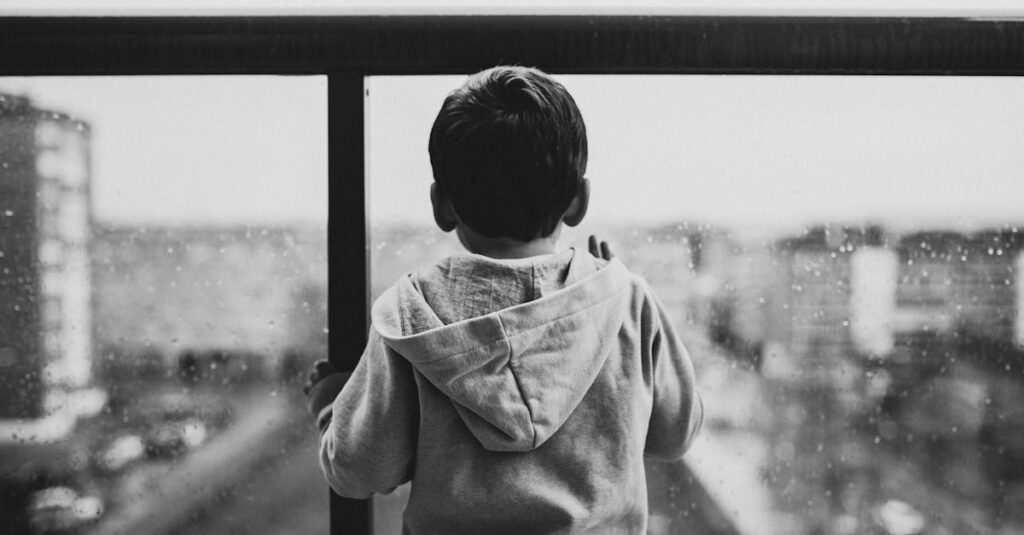Choose the Right Gear
Choosing the right gear makes a huge difference. Start with a good but simple camera. DSLRs are great but can be overwhelming. A mid-range point-and-shoot camera with zoom capabilities could be ideal. Consider lightweight gear; carrying heavy equipment can tire kids quickly. Don’t forget essentials like extra batteries, memory cards, and a comfortable camera strap. This isn’t about turning your kid into a pro overnight. It’s about making their first experience enjoyable without burdening them with excessive gear.
Teach Basic Camera Skills
Basic camera skills form the foundation of any photographer. Teach how to hold the camera steady, focus, and shoot. Introduce settings like zoom and flash, but keep it simple. Remember, kids learn best through fun.
- Turn this into a game: who can take the steadiest shot?
- Share a humorous anecdote about the first blurry shot you ever took. It’ll make them laugh and feel more connected.
Confidence starts with the basics, so pave the way with positivity and patience.
Plan Together: Location and Timings
Planning together builds excitement and reduces anxiety. Pick a location known for easy wildlife spotting. Research the best times for sightings and check the weather forecast. Make it a family outing; involve your child in packing essentials: water, snacks, and maybe a wildlife guidebook.
Share a quick story about a surprise encounter you had on an outing—perhaps a fox or a colorful bird. This fosters anticipation and readiness in your little photographer, ensuring they’re mentally prepared for spontaneous moments.
Include your child in the planning process to make the wildlife photography outing more engaging and exciting for both of you.
Safety First
Safety is paramount on wildlife outings. Teach respect for nature and the creatures in it. Ensure your child knows to keep a safe distance from animals. Equip them with a small first-aid kit and sunscreen. Emphasize the importance of staying with the group and following a buddy system. Humor can lighten the topic: talk about your fear of harmless critters. Safety doesn’t have to be scary; making it relatable can be reassuring for your child.
Encourage Patience and Observational Skills
Patience and observational skills are key traits for a wildlife photographer. Encourage them to sit quietly and observe their surroundings. Spotting an animal takes time and keen eyes. Make it a game: count different types of birds or insects. Share a tale of the longest you’ve ever waited to get the perfect shot. This teaches patience in a fun way and emphasizes that every good photo has a story behind it. Interactive learning through stories can inspire perseverance in young minds.
Encouraging patience and honing observational skills is crucial for capturing stunning wildlife moments. By fostering these qualities, young photographers can develop a deeper connection with nature and appreciate the beauty that surrounds them.
Make It Fun and Educational
Transforming the outing into an educational venture keeps it exciting. Share facts about the wildlife you might see. Turn findings into a fun quiz format—who can remember the most interesting fact? Inject humor by recalling a ‘wild’ fact that surprised you as a child. Wrapping learning with fun keeps interest high. Encourage them to keep a journal to jot down observations and sketch sightings. It’s a wonderful way to blend creativity with learning, making the experience memorable.

